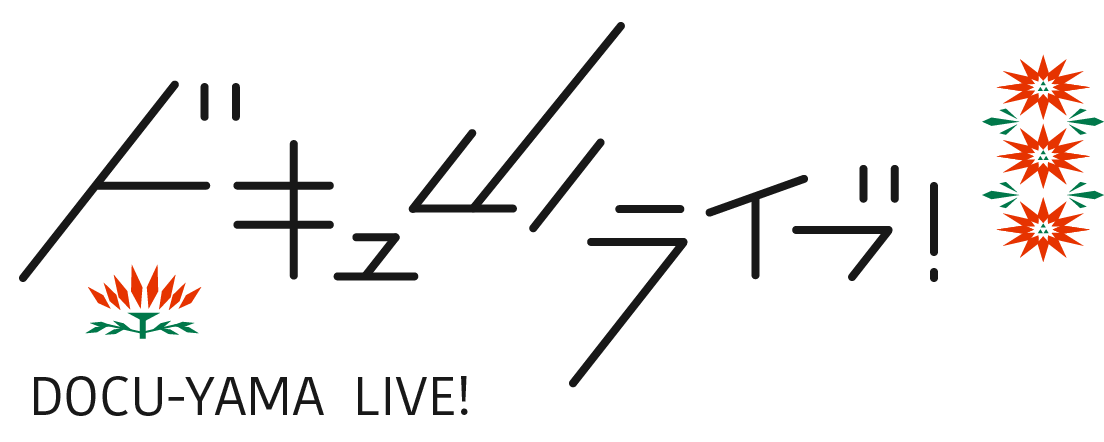The Yamagata Film Criticism Workshop will take place for the forth time during YIDFF 2019. This project encourages thoughtful writing on and discussion of cinema, while offering aspiring film critics the chance to immerse themselves in the lively atmosphere of a film festival.
An Analogy for Times Lost
On Yukiko, directed by Noh Young-sun, France, 2018. Presented at YIDFF 2019 in International Competition.
by Kosuke Fujiki

From a boat, we see an island looming in the darkness of night. On its coast is a small green light, from which we are separated by undulating water. As the tide carries the boat away from the island, the light gradually parts from us. This very opening shot of Yukiko, the debut feature of South Korean-born filmmaker Noh Young-sun, sets the tone of the overall film. Evoking the haunting green light on a dock from The Great Gatsby (1925), the obscure light of the island captivates us, yet remains mercilessly unreachable. In the film, Noh explores the life and death of her grandmother, Yukiko, a Japanese woman who left Korea amid the turmoil of the Korean War; however, the filmmaker is always aware of the indelible distance between herself and the past, a distance which only grows wider as time passes by.
The motive for Noh’s personal quest derives from her relationship with her half-Korean mother, who was abandoned in infancy by Yukiko. With no childhood memories of her mother, Noh’s mother, now living alone on Ganghwa Island near the Civilian Control Line bordering North Korea, regards her own life as “a story whose beginning cannot be found.” For Noh, these missing opening pages of her mother’s life somehow make it difficult to understand her. Throughout the film, Noh’s mother is shown as an elusive figure, filmed mostly with her back turned toward the camera. In order to trace her late grandmother’s past and understand her mother’s loss, Noh visits a different island, Okinawa, where Yukiko spent her final years in a retirement home.
Similarities of the two islands are soon established. Just as the separation of Noh’s mother from her mother was one of the ramifications of war history, the fenced landscapes of both islands bear the scars of two different wars: the Korean War and the Battle of Okinawa. In Okinawa, we meet Yuko, a local woman whose grandmother, named Yukie, told her of the tragic experience of losing her infant child as they fled from the American military during the battle. When Yuko mourns the death of her aunt, whom she never met in her life, we see her sitting on the beach under cloudy daylight and burning incense. The close-up of her face staring into the sea is followed by a nighttime shot of the sea, thereby creating the effect of an eyeline match despite the distinct time passage. Beyond the waves, we can see a dim red light in the distance, not unlike the green light in the film’s opening shot. This parallel seems to indicate that, in much the same way as the filmmaker, the Okinawan woman is gazing at a past that can never be recovered.
What makes up for the blank pages of the past is a chain of loose resemblances, whether they be the militarized landscapes of Ganghwa and Okinawa, the Gatsby-like longing for a distant light, or an assemblage of similar Japanese female names which can be confusing for non-Japanese viewers. The stories of Yuko and the filmmaker herself are unrelated, and the histories of the Battle of Okinawa and the Korean War are, though not without connection, distinct from each other. Nevertheless, by demonstrating their similarities, Noh allows us to analogize the missing past. The past may be inaccessible and the records may be gone, but the feelings of the dead can be imagined through the experiences of the living.
![ドキュ山ライブ! [DOCU-YAMA LIVE!]](http://www.yidff-live.info/wp-content/themes/yidff-live_2017/images/header_sp_logo1.png)

